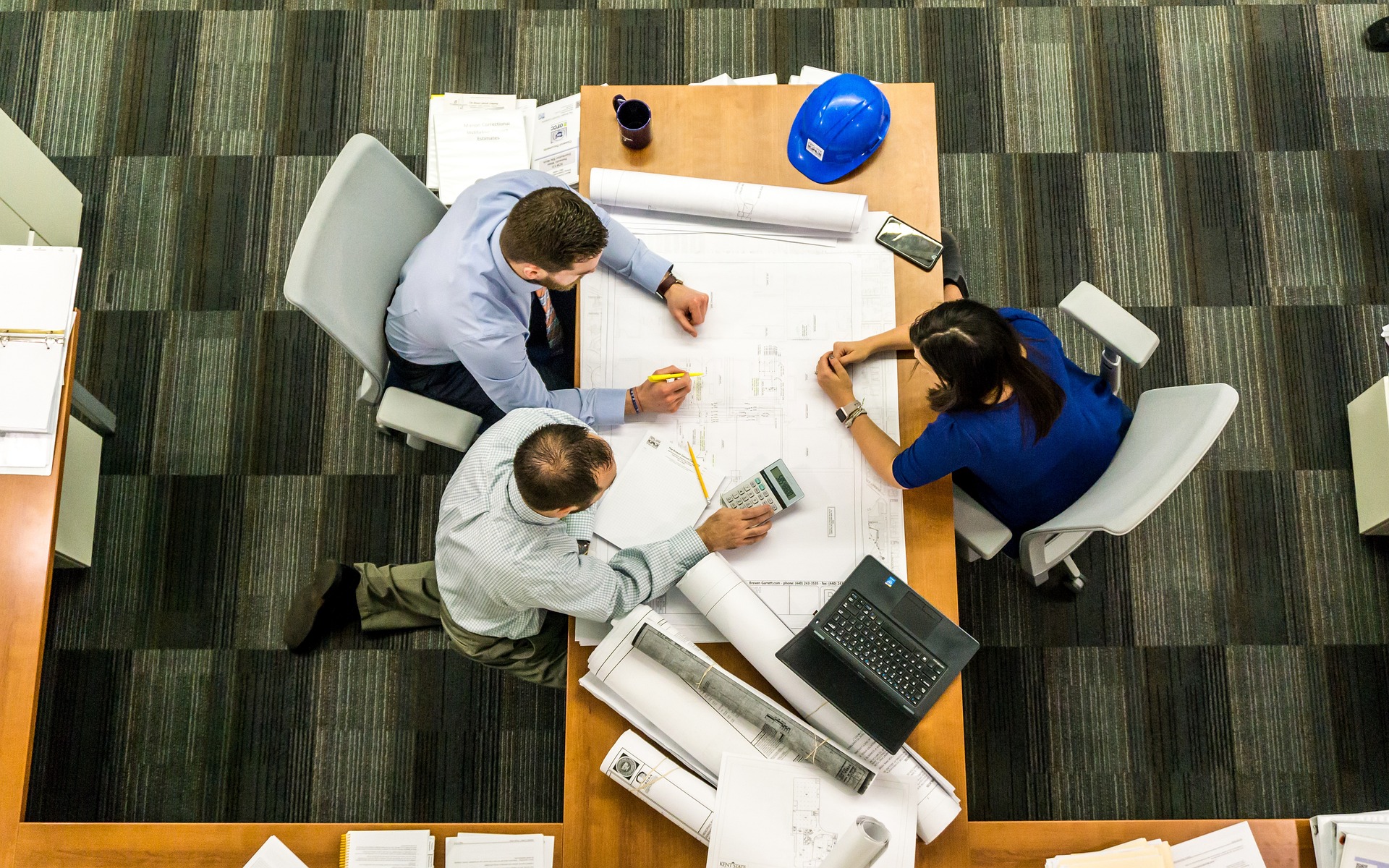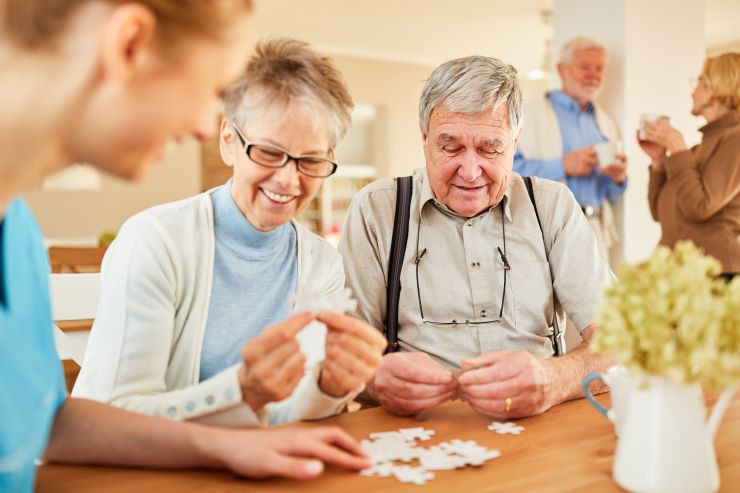"Decoding the Phenomenon of Slow Living in a Fast-Paced World"
Introduction: In today's high-speed, fast-paced world, a counter-cultural movement is slowly but surely gaining momentum. It's called "slow living," and it's challenging our conventional understandings of time, productivity, and happiness. Read below to delve into the heart of this intriguing societal shift.

An Historical Overview of Slow Living
The concept of slow living isn’t new; it’s deeply rooted in ancient philosophies and ways of life. However, the modern iteration of this movement can be traced back to the 1980s in Italy with the creation of the Slow Food movement. This was a reaction against the rapid spread of fast-food chains and a call for a return to traditional methods of food preparation and consumption. This marked the beginning of a much broader cultural shift towards appreciating the value of slowness in all aspects of life.
The Modern Manifestations of Slow Living
Today, the slow living movement has expanded beyond food to include various areas of life, such as travel (slow tourism), fashion (slow fashion), and even technology (slow tech). It’s about embracing mindfulness, intentionality, and sustainability in our daily activities, shedding the pressures of the fast-paced consumerist culture.
The Societal Implications of Slow Living
The slow living movement has profound implications for our society. It challenges the dominant paradigm of “time is money” and questions our obsession with speed and efficiency. It promotes mental well-being by encouraging people to take time for themselves and to focus on quality over quantity. It also has environmental benefits as it often involves sustainable practices and a reduced consumption of resources.
The Research-Backed Benefits of Slow Living
Scientific research supports the benefits of slow living. Studies have shown that mindfulness practices, a key aspect of slow living, can reduce stress, improve mental health, and enhance overall well-being. Moreover, the emphasis on sustainability in slow living can contribute to environmental conservation and combat climate change.
Making Slow Living Accessible and Engaging
While slow living may seem like a luxury or an unreachable ideal for many, it’s important to remember that it’s about making conscious choices rather than drastic changes. It could be as simple as taking a few minutes each day to meditate, opting for locally sourced food, or choosing quality over quantity in our purchases. By making these small changes, we can all participate in and benefit from the slow living movement.
In a world that’s increasingly fast-paced and stressful, slow living offers a refreshing counterpoint. It’s a reminder that we have the power to shape our own lives and societies, and that sometimes, slowing down can be the fastest way to a more fulfilling and sustainable life.




